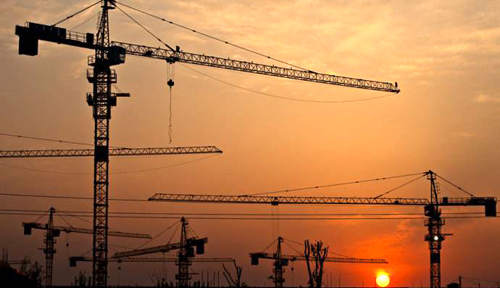Wind affects our lives all the time. In order to detect the dynamics of wind, wind speed sensors and wind direction sensors appear. In the field of construction engineering, most tower cranes are usually equipped with anemometers. Its existence allows the crane to issue an alarm when the strong wind affects the work of the crane. However, when the strong wind has begun to affect the work of the crane, it is often necessary to pay attention to the wind direction. Therefore, wind direction sensor equipment has been used on some cranes to ensure the safety of construction work.

The anemometer is made of polycarbonate environmental protection material, which has good anti-corrosion and anti-corrosion characteristics, and cooperates with the internal smooth bearing system to ensure the accuracy of information collection. Wind speed meter is widely used in wind speed measurement in greenhouses, environmental protection, weather stations, ships, docks, aquaculture and other environments. The wind speed and direction sensor is easy to install. There are two outlet methods: bottom outlet and side outlet. When installing the wind direction sensor, the indicator arrow on the installation base points to the true north to avoid errors in the measurement of the wind direction.
The output signal of the wind speed measurement equipment is divided into analog type (4-20mA/0-5V/0-10V) and 485 type. The 485-type anemometer adopts the standard modbus protocol and is used in conjunction with the network collector to upload the wind speed and direction data to the environmental monitoring cloud platform in real time. Users can view the real-time wind speed and direction data through the mobile APP at any time.
With the development of sensor technology, some new wind speed sensors such as ultrasonic wind speed and direction sensors have also begun to be used in meteorological monitoring. As people pay more attention to the utilization of wind energy, wind speed and direction sensors are widely used in all walks of life, such as power plants, navigation and aviation, meteorological monitoring, agricultural testing, and dust monitoring on construction sites.
